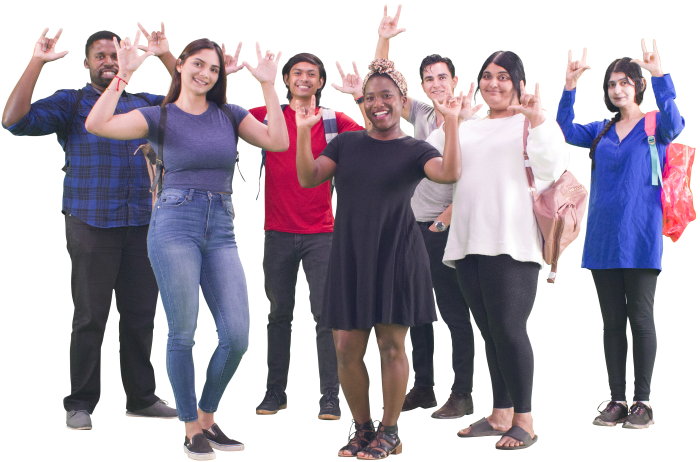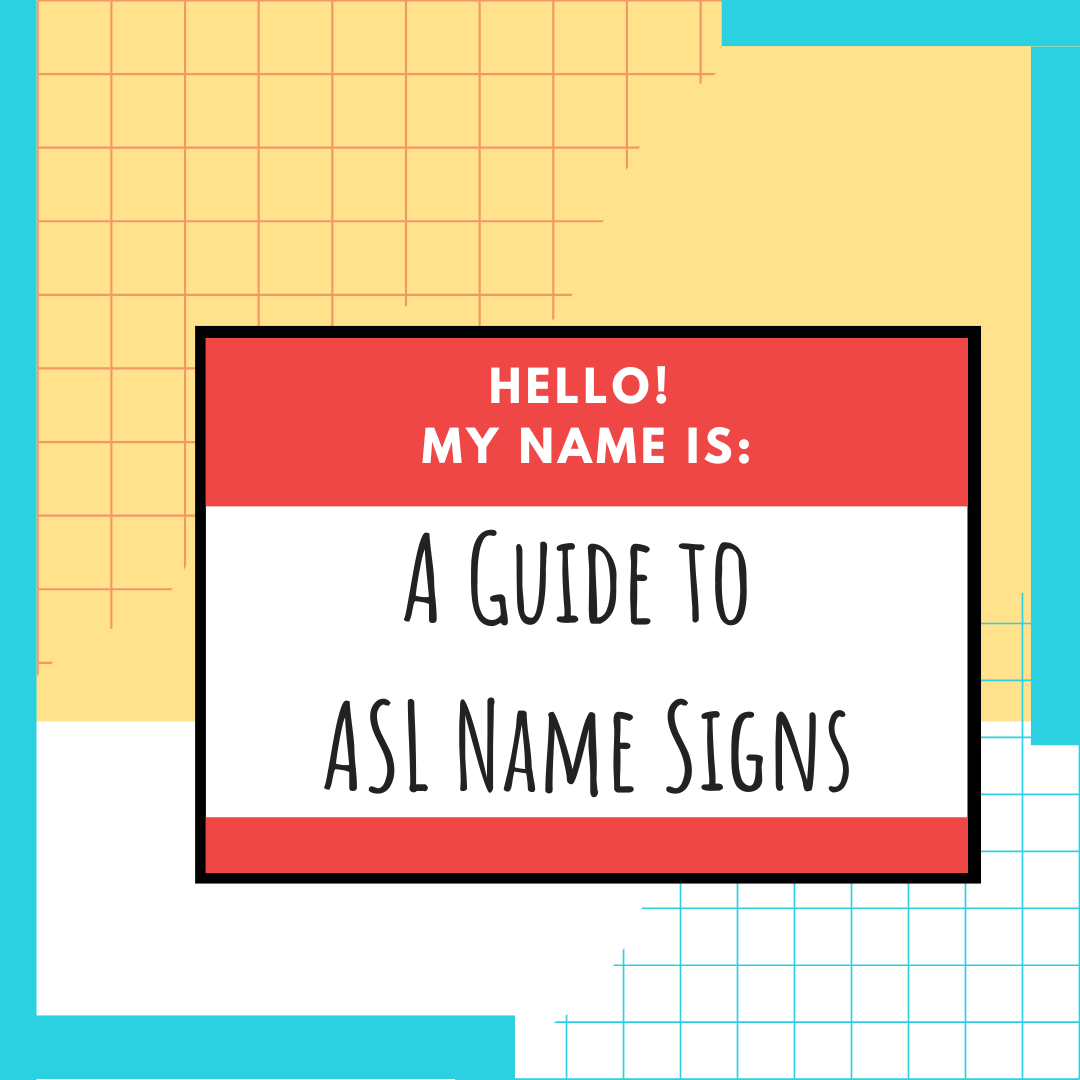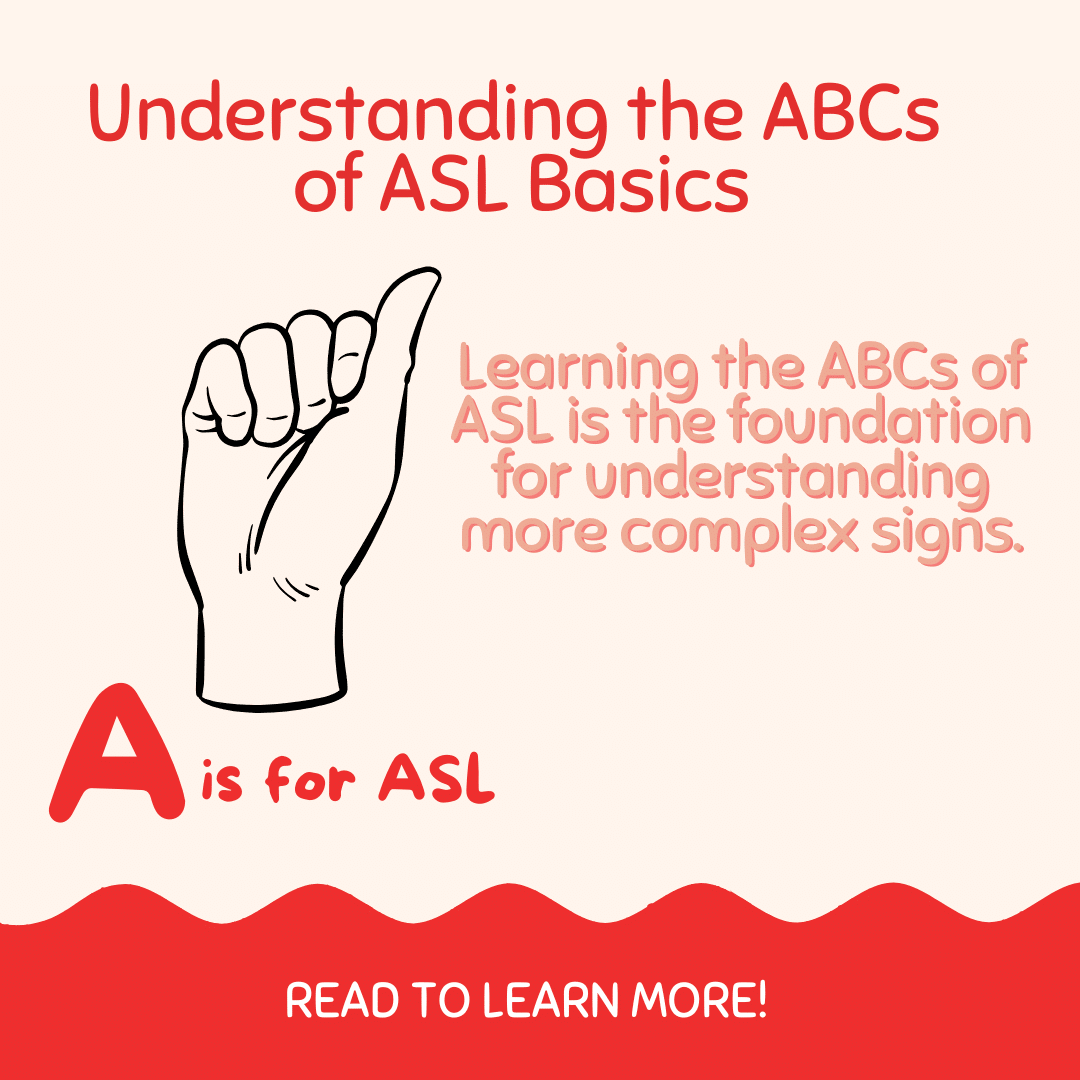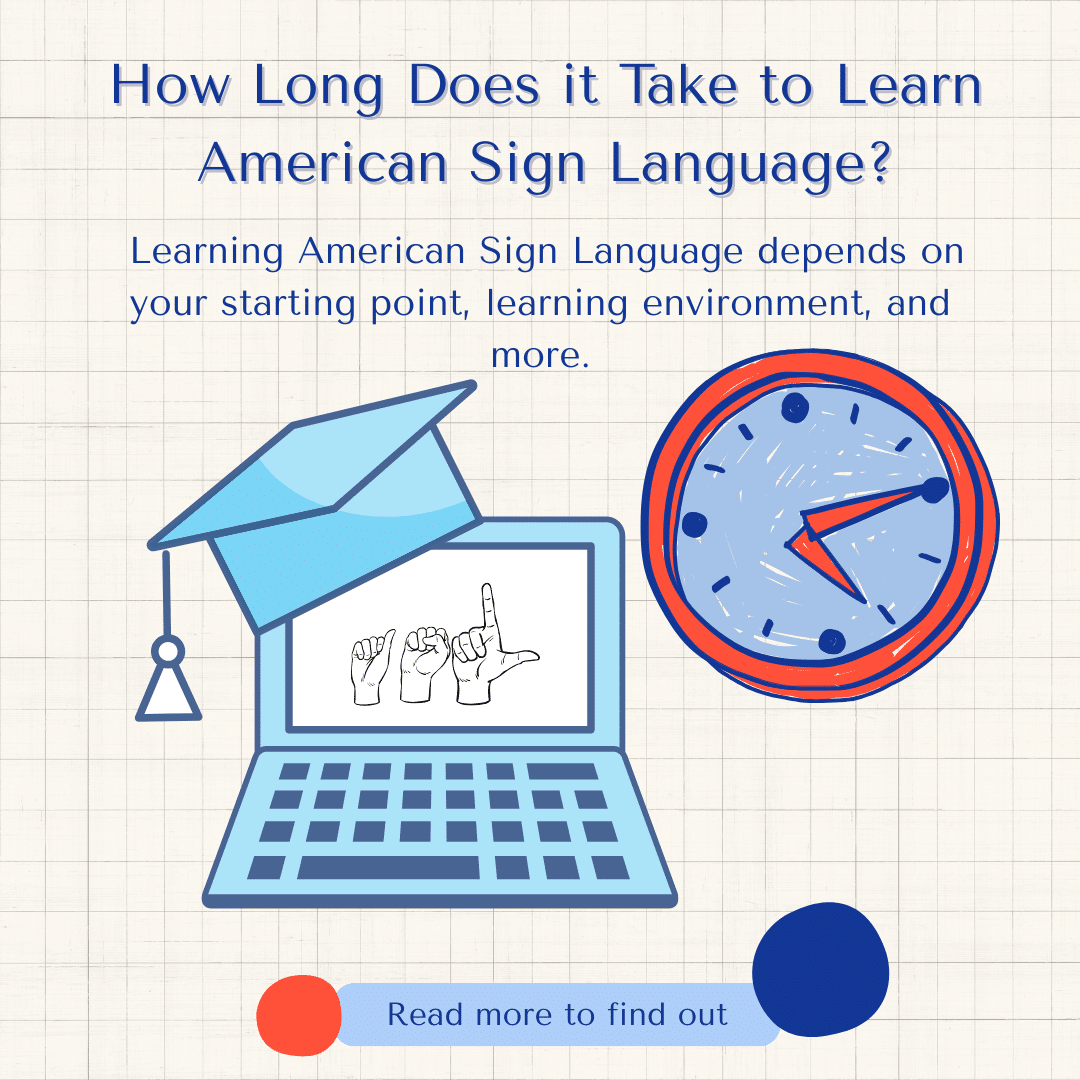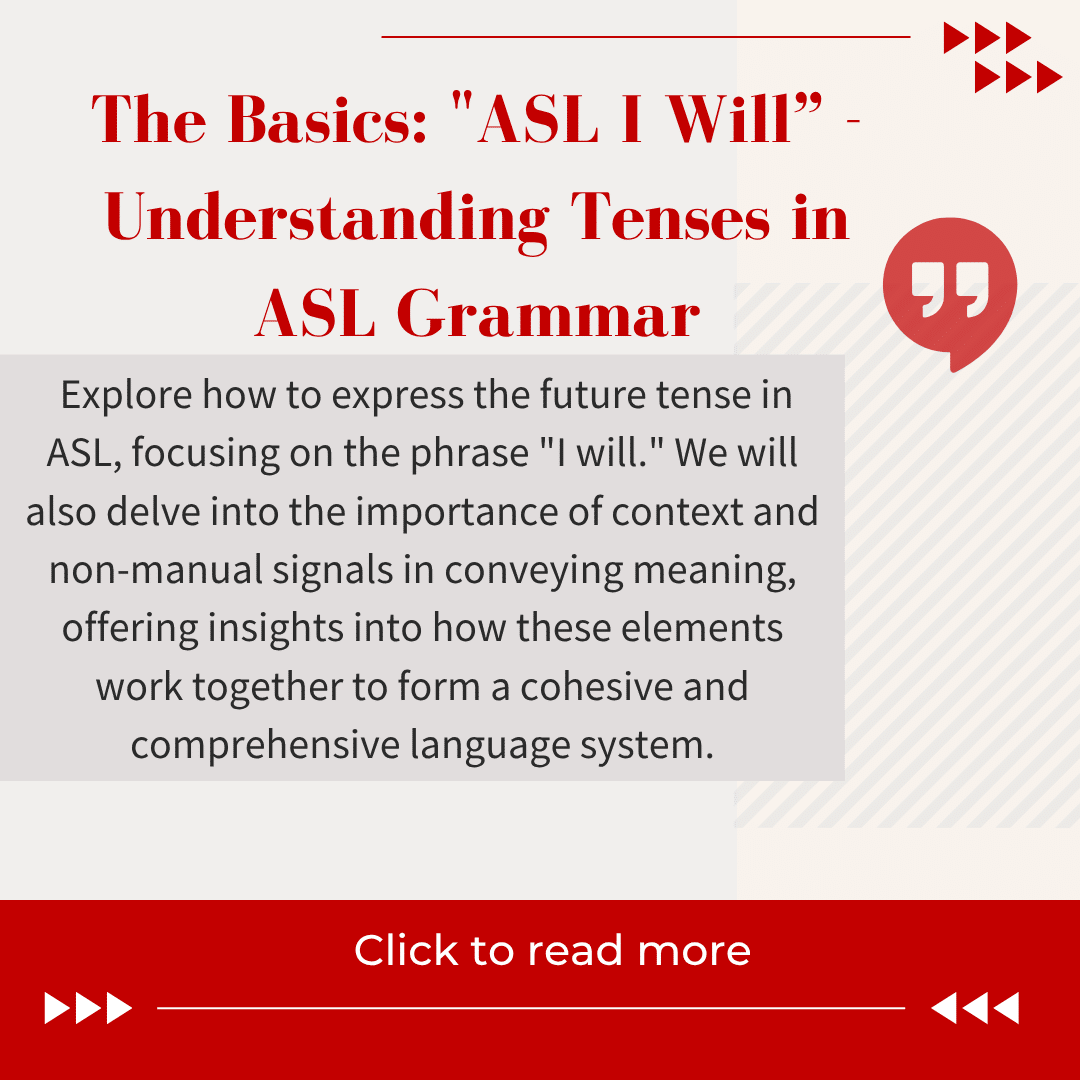Understanding the Basics of Sign Language: How to Sign Buy in Sign Language
- by Start ASL
Learning sign language isn’t just about picking up new vocabulary—it’s about unlocking a whole new way of seeing and expressing the world. As a visual and expressive language, American Sign Language (ASL) uses facial expressions, gestures, and body movement to tell stories, share emotions, and connect people. It’s not just communication—it’s performance, art, and culture rolled into one.
A Language That Moves—Literally
In ASL, movement isn’t just for emphasis—it’s grammar. Motion reveals who’s doing what to whom, when it’s happening, and how actions relate to each other in space. Every flick of the wrist or shift in eye gaze has meaning.
For example, take the verb BUY. If you sign it from yourself to someone else, it means “I buy from you.” Reverse the motion, and it becomes “You buy from me.” That small shift in direction tells a full story, without a single spoken word.
This spatial storytelling is part of what makes ASL so dynamic—it’s communication that lives in three dimensions.
Sign Language in Action: Everyday Use and Creative Expression
ASL isn’t confined to classrooms or quiet corners. It’s alive in theater performances, music interpretation, and even poetry slams. Storytelling in sign language can be deeply emotional, using the full body to bring characters and feelings to life.
It’s also an incredibly practical tool—especially in everyday interactions like shopping. Knowing how to sign simple phrases can make experiences more inclusive for Deaf customers and create a more welcoming community for all.
Shopping in Sign: Useful Vocabulary and Phrases
Here are a few essential signs to get started:
- Buy – Make a flat hand (as if holding money) and move it forward like you’re handing it over.
- Pay – Point from the palm of your non-dominant hand outward with your index finger.
- How much? – Rub your fingers together (money gesture), then gesture outward.
- Where is the cashier? – Shake your index finger for “where” and mime typing for “cashier.”
- I want to buy this. – Sign “I,” “want,” “buy,” and point to the item.
These gestures are intuitive and often mimic real-world actions, making them easier to remember—and powerful in creating a connection.
The Richness Behind the Language
Beyond vocabulary, ASL carries deep cultural meaning. It has evolved naturally within Deaf communities, adapting over time to reflect their values, humor, history, and lived experiences.
For many Deaf individuals, ASL is not just a language—it’s identity. It builds a sense of belonging and community. By learning ASL, you’re not just picking up a skill—you’re stepping into a vibrant culture with a rich history.
Why Learning ASL Matters
Whether you’re a teacher, nurse, customer service rep, or just someone who values inclusive communication, knowing sign language can open doors.
- In education, it creates equitable learning environments.
- In healthcare, it helps ensure Deaf patients receive clear, compassionate care.
- In everyday life, it bridges gaps and deepens understanding.
And for you? It’s a chance to see language—and human connection—from a whole new perspective.
Getting Started: Your Sign Language Toolkit
Enroll in a Class
Formal instruction with a qualified teacher helps you build a solid foundation. Many community colleges, Deaf centers, and online platforms offer beginner-friendly courses.
Use Online Resources
Sites like StartASL.com provide video tutorials, interactive lessons, and community forums. Learn at your own pace, on your schedule.
Bonus: If you’re a Silver or Gold Level student at Start ASL, don’t miss the group practice sessions listed on your course calendar!
Join a Community
Engaging with Deaf communities—online or locally—brings real-life practice, cultural insights, and supportive connections. You’ll learn faster and more deeply through real conversations.
Practice Makes Progress
Like any language, fluency in ASL comes with time, effort, and practice. The more you sign, the more natural it becomes. Start small, be consistent, and don’t be afraid to make mistakes—growth lives in the effort.
Final Thoughts: Language as a Bridge
Sign language is more than silent communication. It’s an act of empathy, inclusion, and celebration of human diversity.
By learning ASL, you’re not only gaining a valuable skill—you’re making a statement: Everyone deserves to be heard. Everyone deserves a connection.
So why wait? Start today. Sign tomorrow. Connect forever.
Start Learning ASL Today!
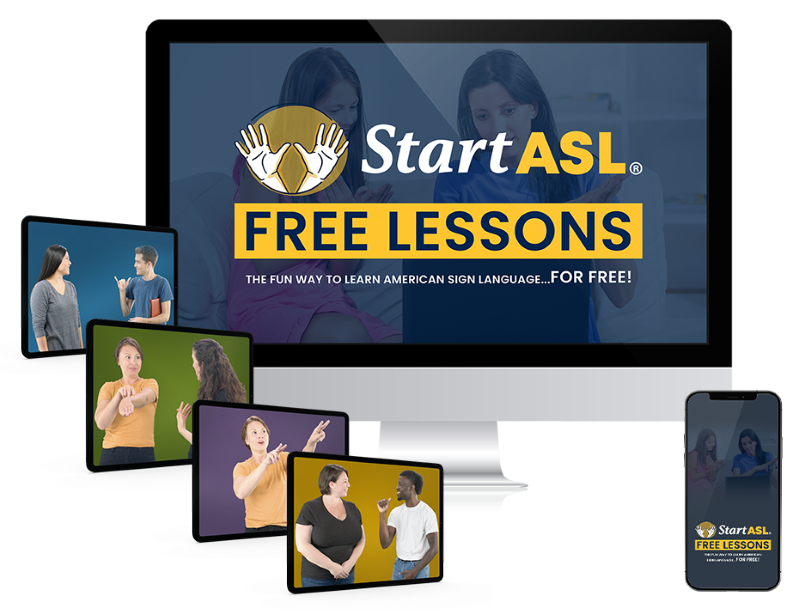 Ready to start learning real American Sign Language and not just basic signs? Do you want to be a part of the vibrant Deaf community? Check out our Free ASL 1 Course or our Complete 4-Level ASL Course options and start learning ASL today!
Ready to start learning real American Sign Language and not just basic signs? Do you want to be a part of the vibrant Deaf community? Check out our Free ASL 1 Course or our Complete 4-Level ASL Course options and start learning ASL today!
